Accommodation: The Silver Dart Lodge
We started our day traveling to Baddeck. Baddeck is a village in Cape Breton Island in northeastern Nova Scotia. According to Wikipedia, “The area was first occupied by Mi’kmaq people and later settled by United Empire Loyalists and Scottish Gaels in the late 18th and early 19th centuries. The area prospered in the 19th and early 20th centuries as a service and shipping center for surrounding mining, trapping, fishing, forestry, and farming activities. Today the economy depends on services, cultural activities, and tourism.”
Along the way to Baddeck, we stopped to visit the Millbrook Cultural & Heritage Center, a museum dedicated to the region’s indigenous Mi’kmaq people.
The Mi’kmaq are an indigenous group of people native primarily to Nova Scotia, New Brunswick, Prince Edward Island, and Newfoundland. They also have settled in Quebec and in the northeastern region of Maine.
In southwestern Nova Scotia, there is archaeological evidence that traces land and resources attributed to the Mi’kmaq to at least 4,000 years ago. Our Mi’kmaq guide was very interesting as she told us all about her life and it was an enjoyable presentation
We had a lovely lunch at a local restaurant, and the folks on a Tauck tour were also there enjoying the scenery and cuisine with us. Then it was on to visit the Alexander Graham Bell museum. What an amazing man he was. As children, we were taught that Bell invented the telephone… But we were never told of his other numerous inventions or that his real passion and love was teaching deaf children.
Bell was born in Scotland. His grandfather, and brother had all been associated with work on speech pathology, (at the time called elocution). Bell’s mother was deaf, which profoundly influenced his life’s work…amazingly, not his invention of the telephone…but rather, teaching the deaf.
Bell courted and eventually married a deaf young girl named Mabel Hubbard, who became deaf at the age of five, after having scarlet fever. Her father had hired Alexander to assist with her articulation, as he was known as the best tutor for the deaf in Boston, where he lived at the time. She was 15 and he was 25. It wasn’t love at first sight. It was said she quipped about Bell…“He was tall and dark with jet-black hair and eyes, but dressed badly and carelessly. I could never marry such a man!” She even wrote in her journal, “I both did and did not like him.”
But Mabel eventually did fall in love with Alexander and they married and she was at his side as he pursued his life’s work as inventor, scientist, and engineer, and who of course, is credited with patenting the first practical telephone. The range of Bell’s inventive genius is represented only in part by the patents granted in his name alone and the 12 he shared with his collaborators.
These include 14 for the telephone and telegraph, four for the photo phone, 1 for the phonograph, five for aerial vehicles, four for hydroplanes, and two for selenium cells. His inventions even included a jacket to assist breathing…really the first iron lung.
Bell is also credited with developing one of the early versions of a metal detector. After the shooting of President James Garfield, when the medical staff could not locate the bullet lodged in Garfield’s body, Alexander developed a kind of metal detector to find the bullet. According to some accounts, the metal detector worked flawlessly in tests but did not find the bullet, partly because the metal bed frame on which the President was lying disrupted the instrument. The bullet was never found and Garfield ultimately died.
Our guide told us that Mabel and Alexander had a beautiful life together and were very much in love. Mabel was at his side as he pursued his experiments in different fields in Baddeck, Canada, where they lived and worked for 35 years in a large home called Beinn Bhreagh, which was perched on a peninsula jutting into Bras d’Or Lake. Everyday the couple would walk hand and hand down the mountain and back up again to their home…a nighttime journey at 5 pm, that became a ritual. When Alexander died, he was buried on top of the mountain where their home was. Mabel kept her hand on the coffin as it climbed the mountain at exactly 5 pm, in memory of all the times they walked hand and hand together. He died on August 2, 1923, a few days after his 75th birthday. When his funeral finished around 6:30 pm, as a mark of respect, every telephone exchange in the United States and Canada closed for a minute of silence. His wife Mabel died five months later of a broken heart.
I highly recommend reading more about this amazing man. When he was asked what he most wanted to be remembered for, he didn’t say inventing the telephone, but rather… being a teacher of deaf children, which was his true passion.
And in the pictures below, read about IRENE…Image Reconstruct, Erase Noise, Etc. another amazing thing that took place many years after Bell’s death.
After touring the museum, we went to our accommodations for the next three nights…The Silver Dart Lodge. Allan and I are in a lovely little chalet overlooking a lake. So romantic. We went to dinner at the lodge and had a great time laughing and talking with new friends. It was a fabulous day!

At the Millbrook Cultural Center
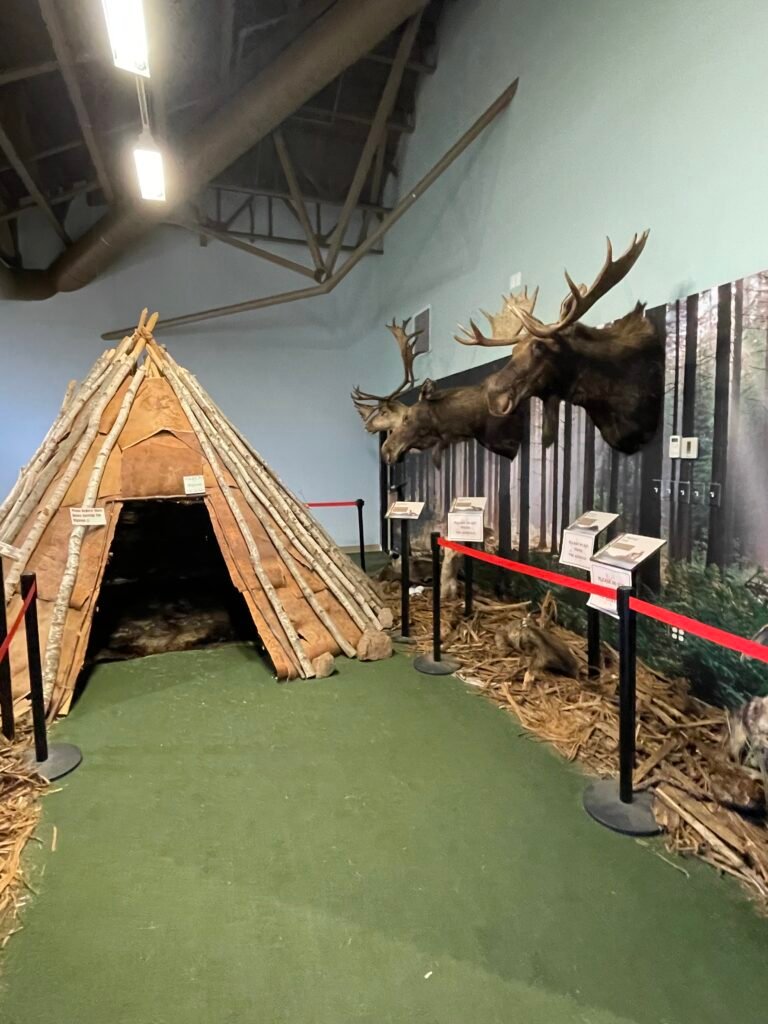
Millbrook cultural center

Beautiful scenery and the Kidston lighthouse, on Bras d’Or lake. The original lighthouse was built in 1875 and the present one was built in 1912. The two lighthouses stood side by side for some time. The lighthouse can only be accessed by boat; a ferry going there operates during the summer months.
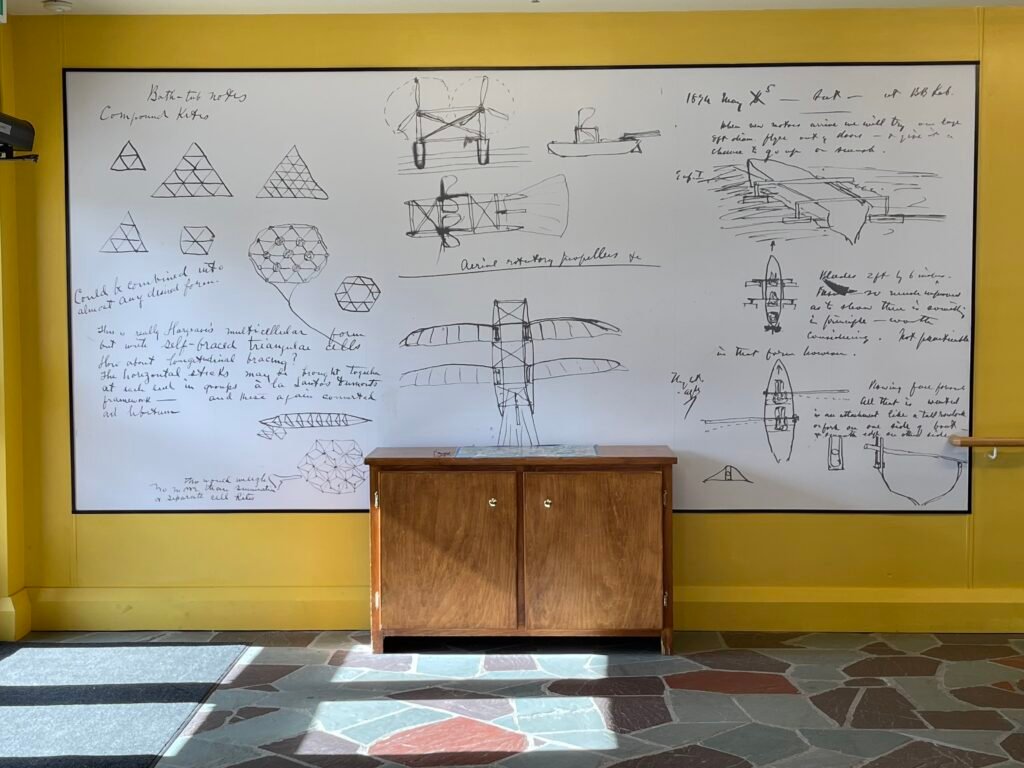
Enlargement of Alexander’s experiment drawings
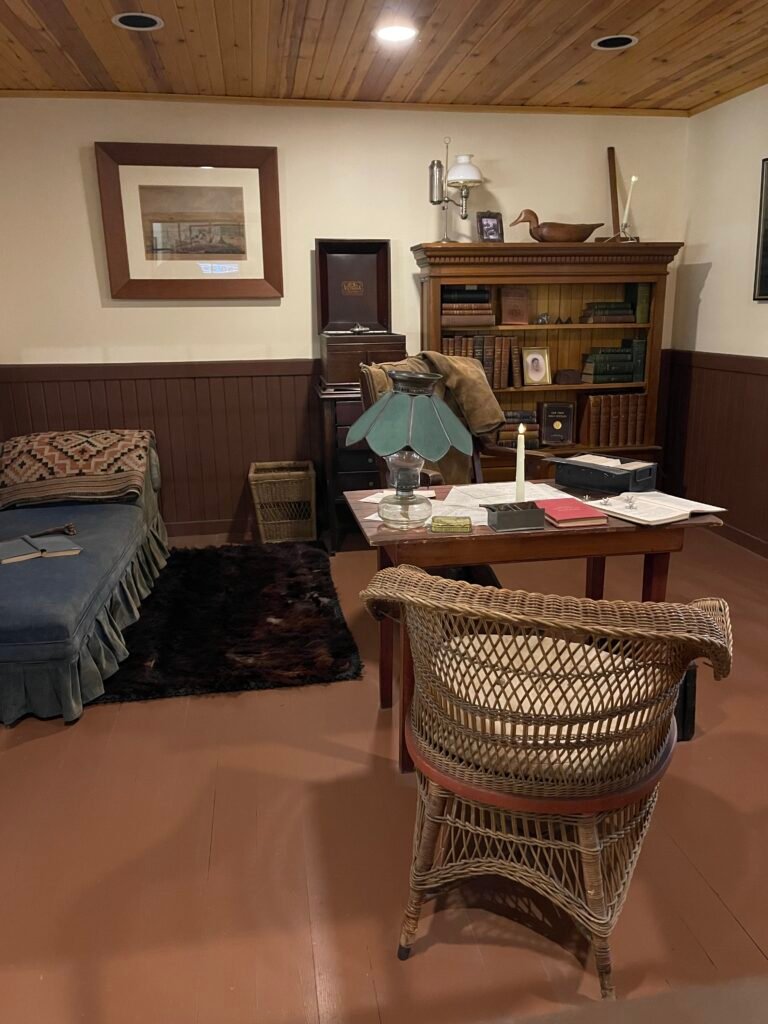
Artifacts and furniture of Alexander Graham Bell
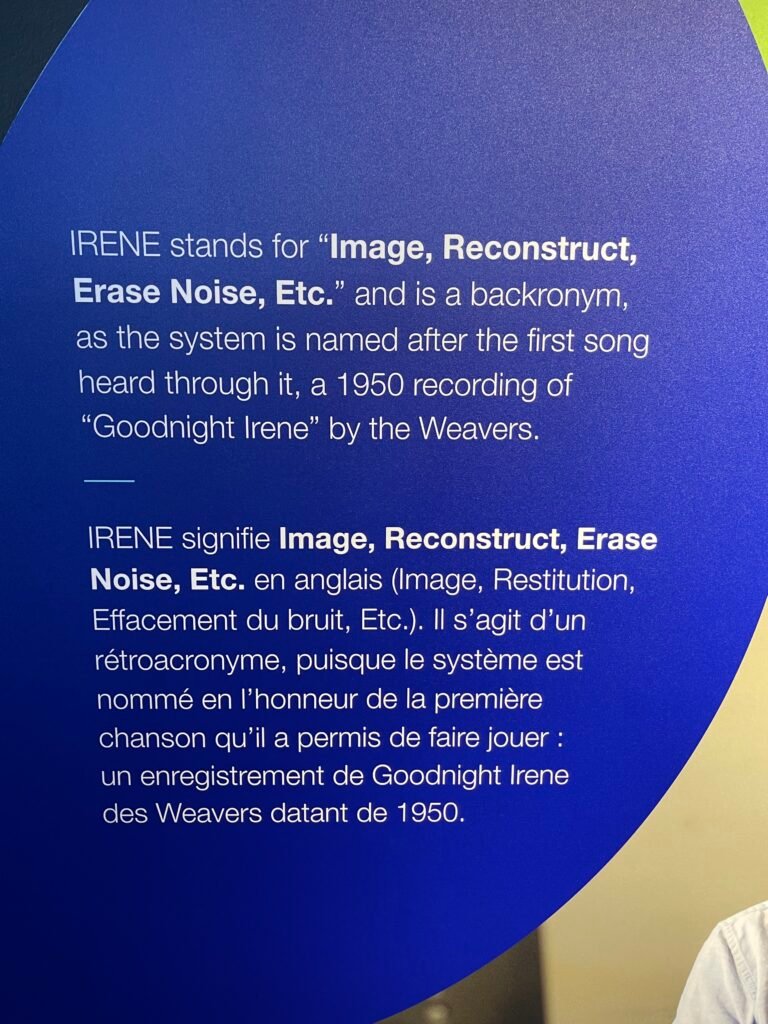
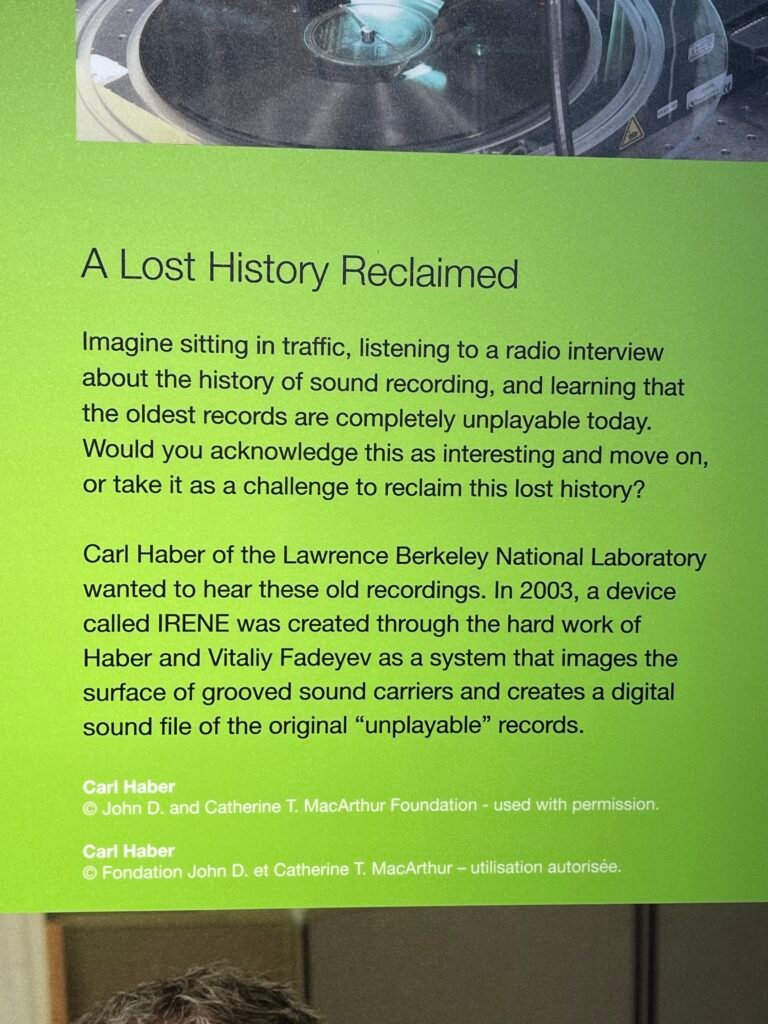
More about IRENE technology
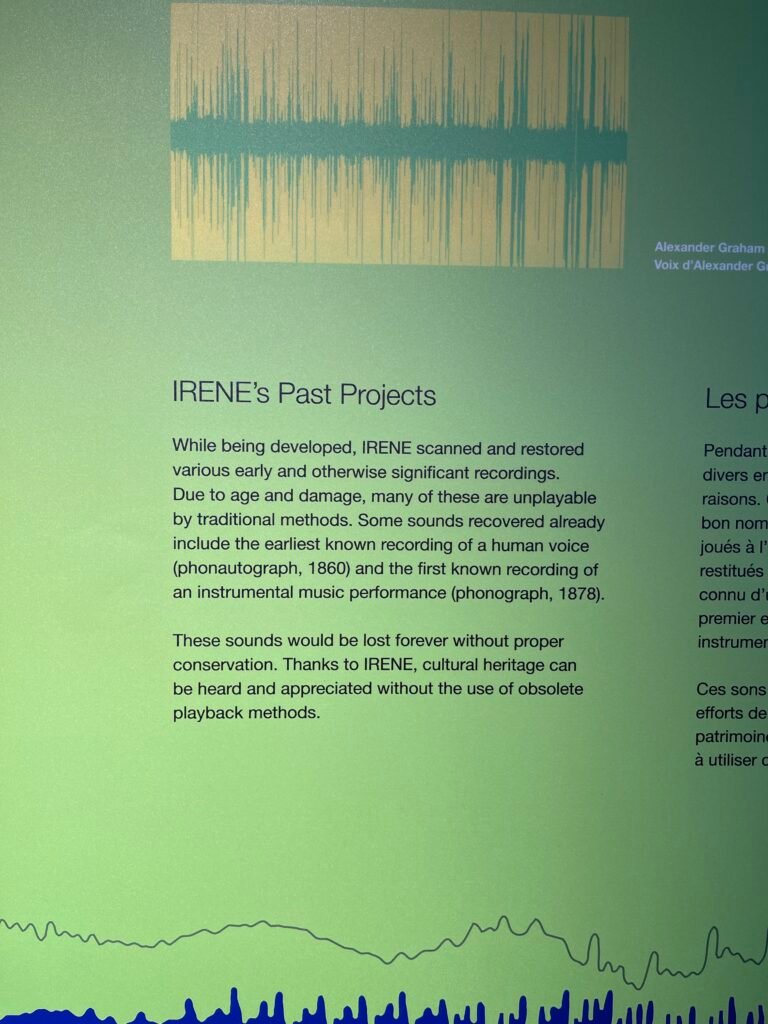

Our view from our chalet

Our chalet
